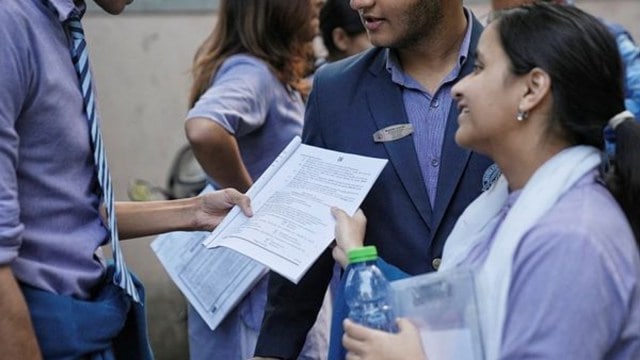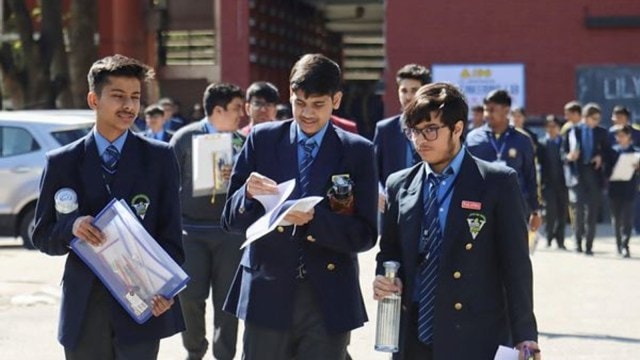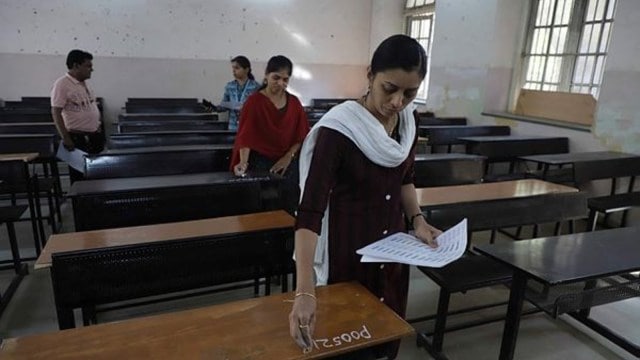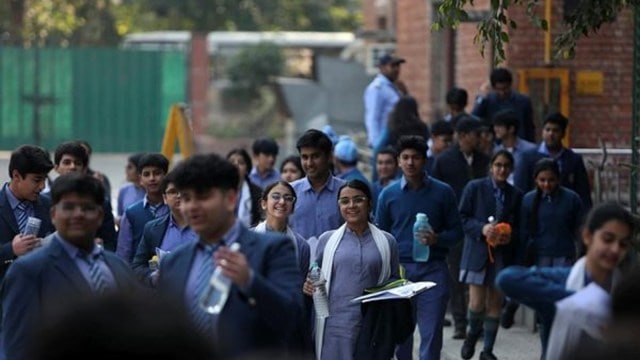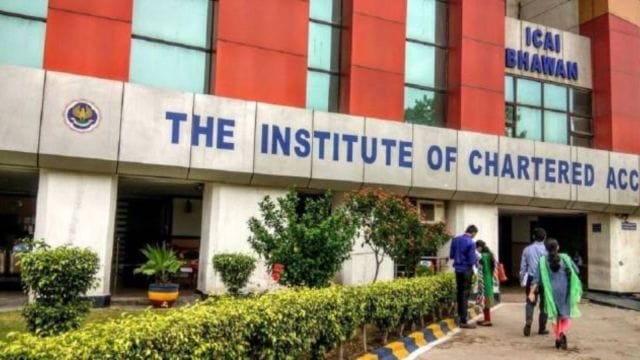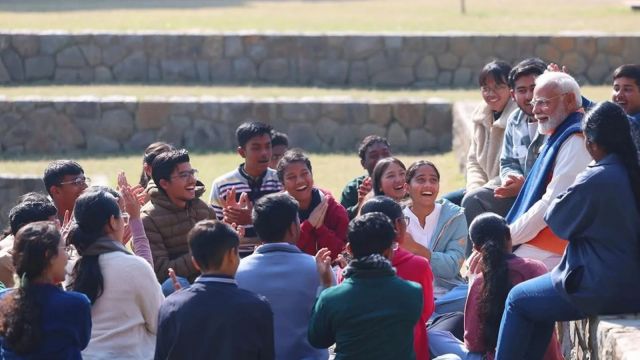
Today in Politics: A day to go for Maharashtra polls — and which way the wind will blow is unclear
As the campaign wrapped up Tuesday for the Maharashtra elections, parties doubled down on their rhetoric but it was unclear as to where the wind was blowing.
Vandita Mishra writes that the voters in the state speak of a “dividation” on the rise, and of the growing irrelevance of “paksh” or party, identifying that voter distrust of party politics seems to have a new edge.
“This erosion of trust will arguably influence the outcome of this election – but in a party-led representative democracy, it is also a warning bell in the long term that all political parties must heed,” Mishra writes.
This is after all the first Assembly election held after the “tod phod” (splitting of parties) — of the larger Shiv Sena and NCP — which took the main contenders from four to six, rearranged traditional alliances beyond recognition by bringing together unlikely partners.
In a journey through Vidarbha’s Nagpur, Bhandara, Gondia, Wardha, Amravati, Akola and Buldhana districts – including some of the most backward areas in a state of glaring regional inequalities – The Indian Express found that voter disillusion with parties and the resulting focus on candidates is making election choices more difficult to predict. Whether the localisation works for Congress and the alliance it leads, the Maha Vikas Aghadi, or for the BJP and its alliance, the Mahayuti – that is the question.
Earlier, The Indian Express’ Contributing Editor Neerja Chowdhury wrote how there were wheels within wheels at work in Maharashtra,
In 2019, there were four main parties, with the BJP and its oldest ally Shiv Sena on the one side and the Congress and the NCP fighting on the other. When the BJP and the Sena fell apart over chief ministership, Sharad Pawar moved in for the kill to fashion the MVA. He brought together the Congress and the Shiv Sena, the unlikeliest of allies, on the same platform along with his NCP and anointed Uddhav Thackeray as CM. The BJP split the Sena in 2022 and the NCP the following year, and went on to form the government.
Today, the scenario is even more complicated, something seen in recent times. In the absence of earlier benchmarks, it makes poll predictions that much more difficult and risky.
What is more, politics has divided even families right down the middle, like the Pawars. The Pawar family from across the world would gather together once a year despite their differences. But it has become a bitter battle now. It was Sunetra Pawar versus Supriya Sule in Baramati in the Lok Sabha elections. Now it is Ajit Pawar, who has won from the Baramati Assembly seat since 1991, pitted against his young nephew Yugendra (the son of his brother) fielded by NCP (SP), making it a do-or-die battle for the supremacy of the party.
This confusion manifests itself — and makes the question of ideology almost take a backseat.
Chowdhury writes how Maharashtra today is now sending more than one message. An industrial and financial hub that thrives on political stability, the state may be moving towards an increasingly fractured polity. The large number of political players in the fray also reflects India’s diversity, growing aspirations, and assertion by every group for their share of the pie. But they also underline the growing use of fear, government agencies, and big money as tools to bring about political allegiance.
And coming to the discourse. Two things dominated the poll discourse: welfare and Hindutva, with the BJP almost going after both with a renewed intensity.
A lack of coordination was blamed for the BJP performance in the elections in which its tally dropped from 303 to 240. Among the states where the BJP suffered a setback was Maharashtra where it won only 9 seats.
Looking to course-correct, the BJP increased coordination with the Sangh, with Deputy Chief Minister Devendra Fadnavis leading the efforts. The RSS deployed its cadre in seats where the party finds itself on the back foot. “A mechanism has been in place where regular inputs between the BJP and RSS are being shared daily along with course-corrective measures,” said a source in the BJP.
The emphasis on Hindu unity has been reflected in the BJP’s campaign rhetoric, with Prime Minister Narendra Modi using the slogan “ek hai toh safe hai (Together, we are safe)” in his appeal to the Other Backward Classes (OBCs), Dalits, and Scheduled Tribes (STs) to guard against what it sees as the Congress’s divisive agenda. On the campaign trail, Uttar Pradesh Chief Minister Yogi Adityanath has also warned voters, telling them, “Batenge toh katenge (divided we fall).”
Wary of a Maratha-Muslim consolidation behind the Maha Vikas Aghadi, apprehensive of farm distress hitting it in rural areas which make up more than half the state’s constituencies, and seeking to check the Opposition’s caste census gambit aimed at backward groups, the BJP has fallen back on Hindutva issues to consolidate the Hindu vote.
— With PTI inputs

 Posts
Posts Sign up as a Teacher
Sign up as a Teacher